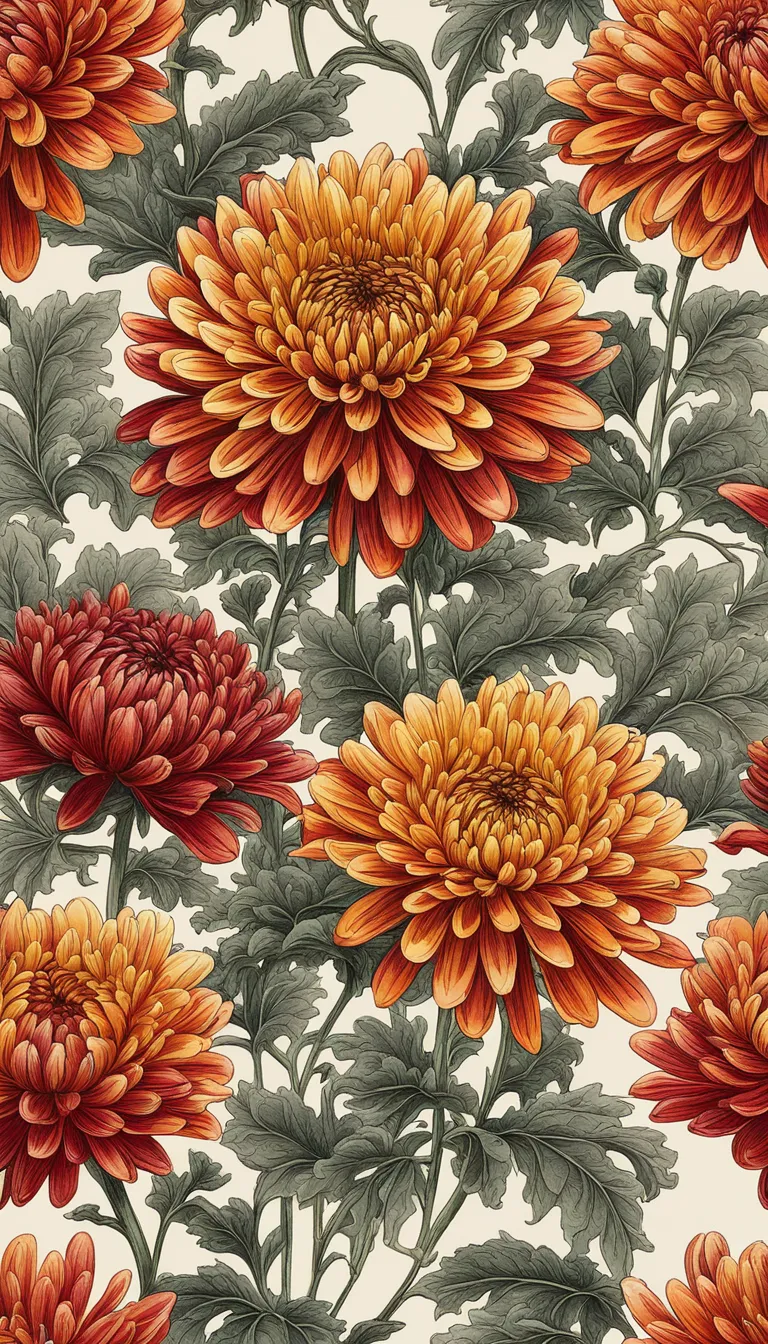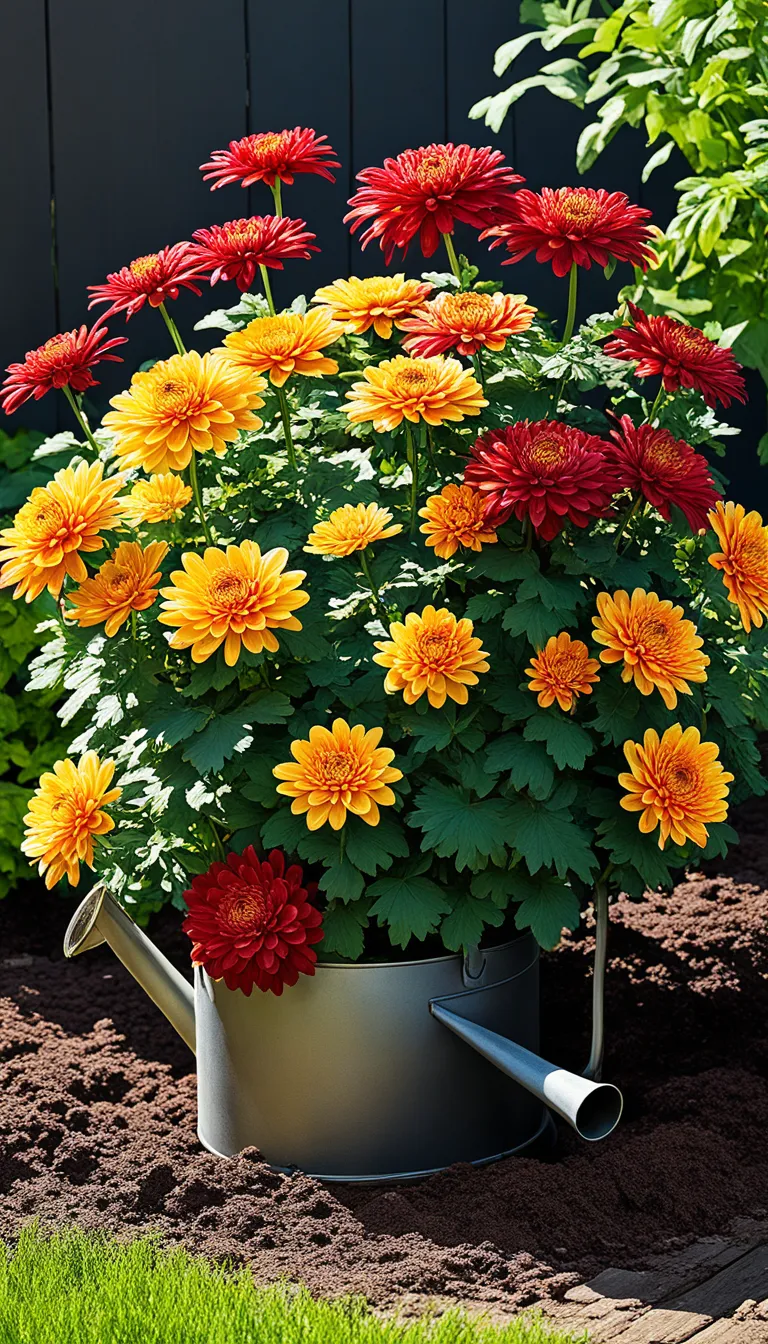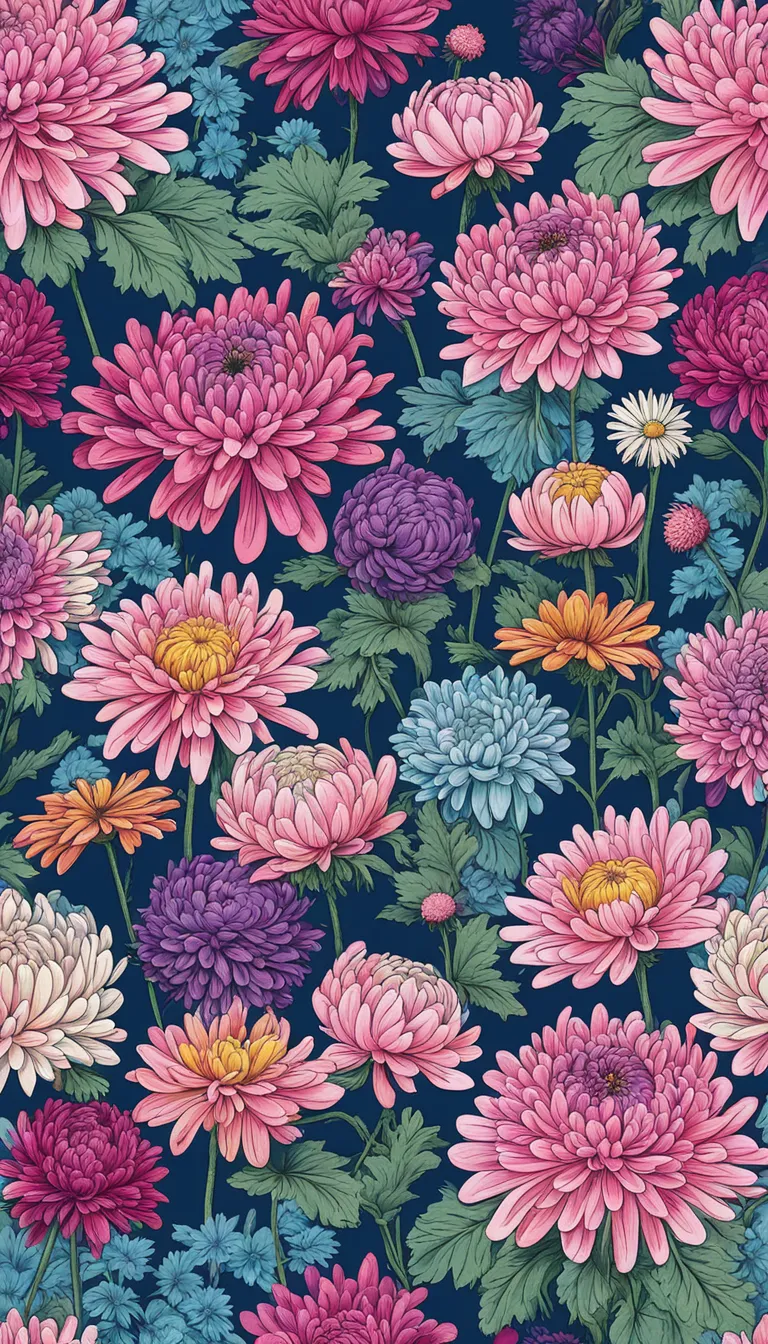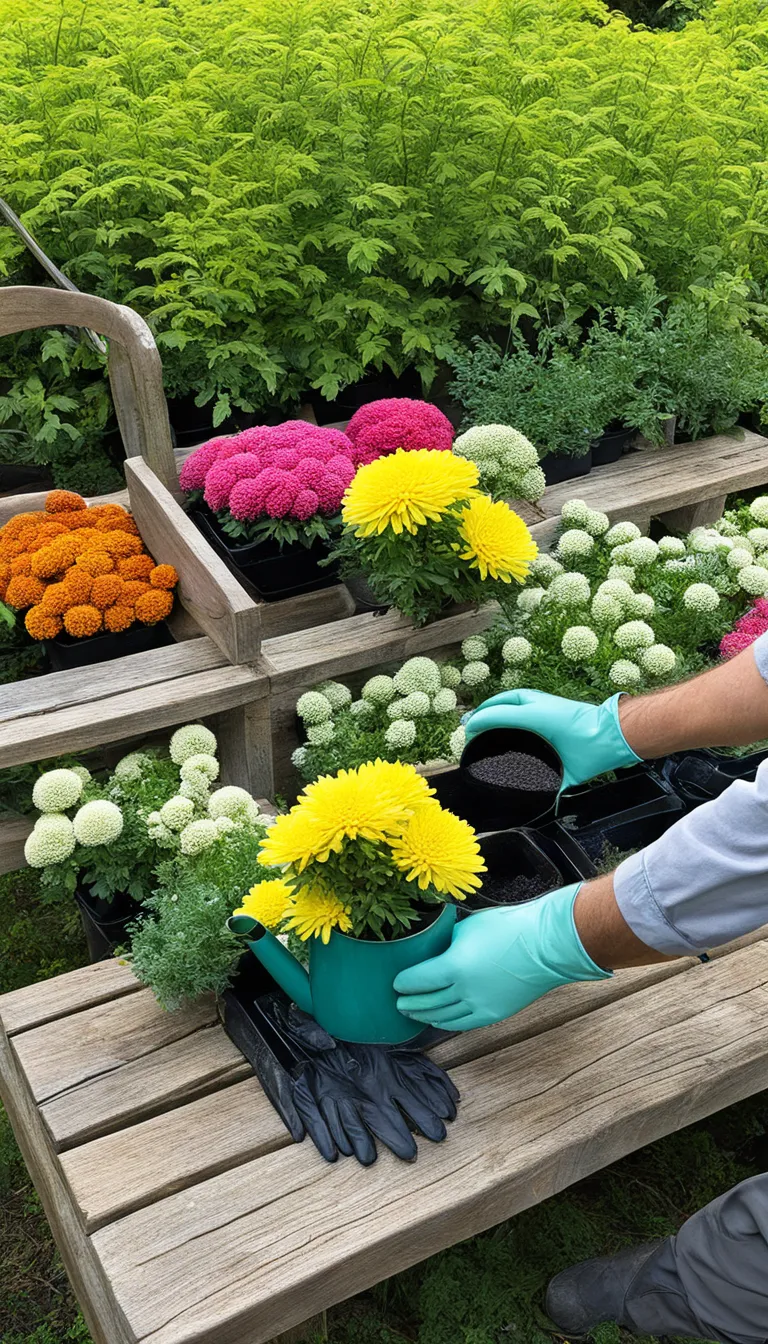Discover the beauty and diversity of the flower, a botanical treasure that captures hearts with its vibrant colors and rich history. Often referred to as “mums” or “chrysanths,” these flowers are not just a feast for the eyes, but they also embody cultural significance in various parts of the world. Have you ever wondered what makes these flowers so special and how you can keep them thriving in your own garden?
Whether you’re a seasoned gardener or a curious newbie, understanding the essence of Chrysanthemum care is key to a blooming display that can light up any setting. From the sun’s warm embrace to the gentle touch of water and the right soil conditions, every aspect contributes to the splendor of these flowers. But hey, don’t let the care instructions intimidate you; with a little love and attention, Chrysanthemums can be surprisingly easy to care for.
And let’s not forget the explosion of varieties! From the pompoms that resemble cheerful little balls of color to the spider mums with their intricate and spiky petals, Chrysanthemums come in a stunning array of shapes and sizes. Ready to dive into the world of these fabulous flowers? Keep reading to explore the different species and learn how to make your Chrysanthemum plants truly shine!

What is Chrysanthemum?
Chrysanthemum, often known as mums or chrysanths, are not just any ordinary flower; they are a symbol of complexity and beauty that has captivated human hearts for centuries. These perennial blooms hail from Asia and northeastern Europe and are part of the Asteraceae family, which also includes daisies and sunflowers. Their name originates from the Greek words chrysos (gold) and anthemon (flower), reflecting the traditional gold color of the original varieties.
But what truly makes chrysanthemums stand out? Is it the explosion of color they bring to autumn gardens, or the surprise of their varied forms that range from pompons to spiders? Indeed, it’s their diversity! With over 20,000 cultivars worldwide, these flowers offer an astonishing array of options for any enthusiast. The chrysanthemum’s significance varies globally, symbolizing everything from life and rebirth in Asia to honor and remembrance in Europe.
The flower’s versatility extends beyond its visual appeal; chrysanthemums are also celebrated for their medicinal properties. They’ve been used in traditional medicine to treat ailments such as headaches and high blood pressure. And let’s not forget the cultural impact, with festivals like Japan’s “Festival of Happiness” celebrating these blooms each year. So, when you gaze upon a chrysanthemum, you’re not just looking at a flower; you’re witnessing a rich tapestry of history, culture, and natural wonder.

How to Care for Chrysanthemum?
Caring for Chrysanthemums is not just a gardening task; it’s a way to bring a burst of color and life to your outdoor space! To ensure these floral beauties thrive, you’ll need to follow some key care instructions. Let’s dive in and explore how to keep your Chrysanthemums looking spectacular.
Firstly, sunlight is crucial. Chrysanthemums flourish in well-lit areas, so make sure you plant them where they can bask in at least 5 to 6 hours of direct sunlight daily. But what about water? These flowers prefer a consistent watering schedule. They need to stay hydrated but dislike soggy feet, so ensure the soil is well-draining to avoid waterlogging.
Speaking of soil, Chrysanthemums are quite particular. They thrive in rich, fertile soil with a pH balance that leans towards the acidic side. Regular fertilization can help maintain the soil’s nutrient levels, but be careful not to overdo it—too much can be just as harmful as too little.
- Sunlight: At least 5-6 hours of direct sunlight daily.
- Watering: Keep the soil moist, but not waterlogged.
- Soil: Well-draining, rich, and slightly acidic.
- Fertilization: Use a balanced fertilizer, but don’t over-fertilize.
- Pruning: Regularly deadhead spent blooms and prune to encourage bushier growth.
Don’t forget about pruning! Deadheading spent blooms and cutting back the stems not only keeps your Chrysanthemums looking neat, but also encourages a more lush, bushy growth. It’s like telling your plants, “Hey, let’s put on a show!” And trust me, with the right care, they will!
So there you have it, fellow garden enthusiasts—caring for Chrysanthemums is all about the right balance of sunlight, water, soil, and a bit of TLC. Stick to these guidelines, and you’ll be rewarded with a stunning explosion of color that’ll make your neighbors do a double-take!

What are the Chrysanthemum Varieties?
Hey there, green thumbs and flower enthusiasts! Are you ready to dive into the colorful world of Chrysanthemums? These beauties aren’t just your average blooms; they come in a dizzying array of varieties that can make any garden pop with personality. Ever wondered what makes each type stand out? Let’s unwrap the floral kaleidoscope of Chrysanthemum varieties together!
First off, did you know that Chrysanthemums are split into two main categories? Yep, we’ve got the Garden Hardy and the Exhibition types. Garden Hardy are the tough cookies, braving the outdoor elements. On the flip side, Exhibition types are the divas of the Chrysanthemum world, often showcased for their intricate blooms.
Let’s take a peek at some popular types:
- Anemone: These Chrysanthemums are like a party on a stem, with a raised cushion-like center surrounded by flat petals. Talk about a floral pom-pom!
- Pompon: As the name suggests, these guys are round and full, resembling little pom-poms. They’re like the cheerleaders of the Chrysanthemum squad.
- Spider: Get ready for some drama with these long, tubular petals that twist and turn like spiders’ legs. They’re the showstoppers that’ll make your neighbors say, “Wow!”
- Quill: Picture a bloom made up of a bunch of tiny straws sticking out in every direction. That’s your Quill variety, unique and oh-so-interesting!
- Spoon: The petals on these Chrysanthemums look like tiny spoons. Cute, right? They’re perfect for adding a dash of whimsy to your garden.
- Decorative: These are the classic Chrysanthemums with large, full blooms. They’re the traditional beauties that never go out of style.
Each variety comes with its own set of charms and challenges, but don’t let that scare you. With a bit of love and care, you can turn your garden into a Chrysanthemum showcase that’s the envy of the neighborhood. So, which variety are you thinking of planting? Go on, pick your floral favorite and let the garden magic begin!





